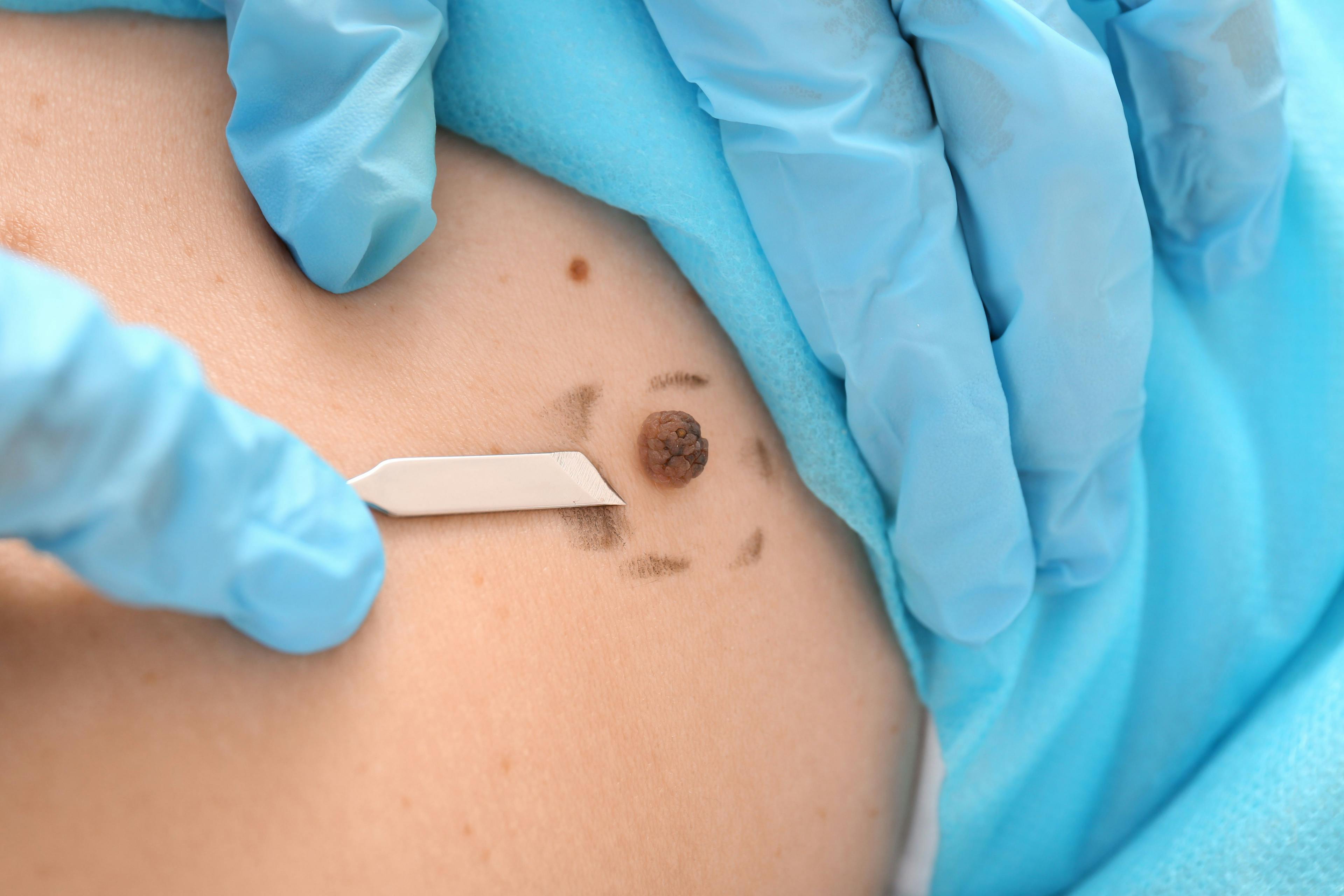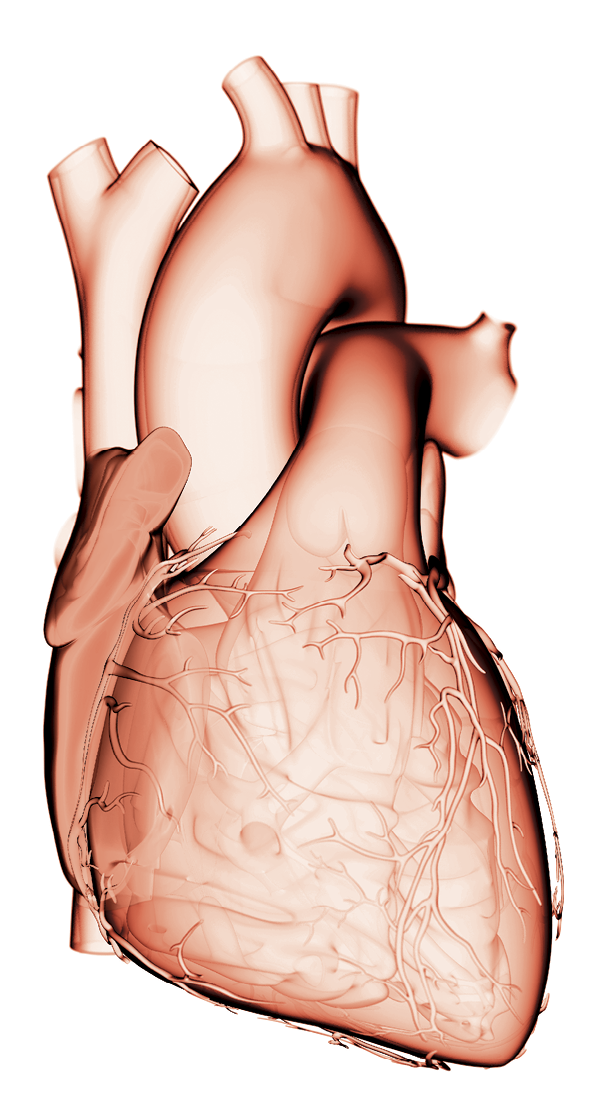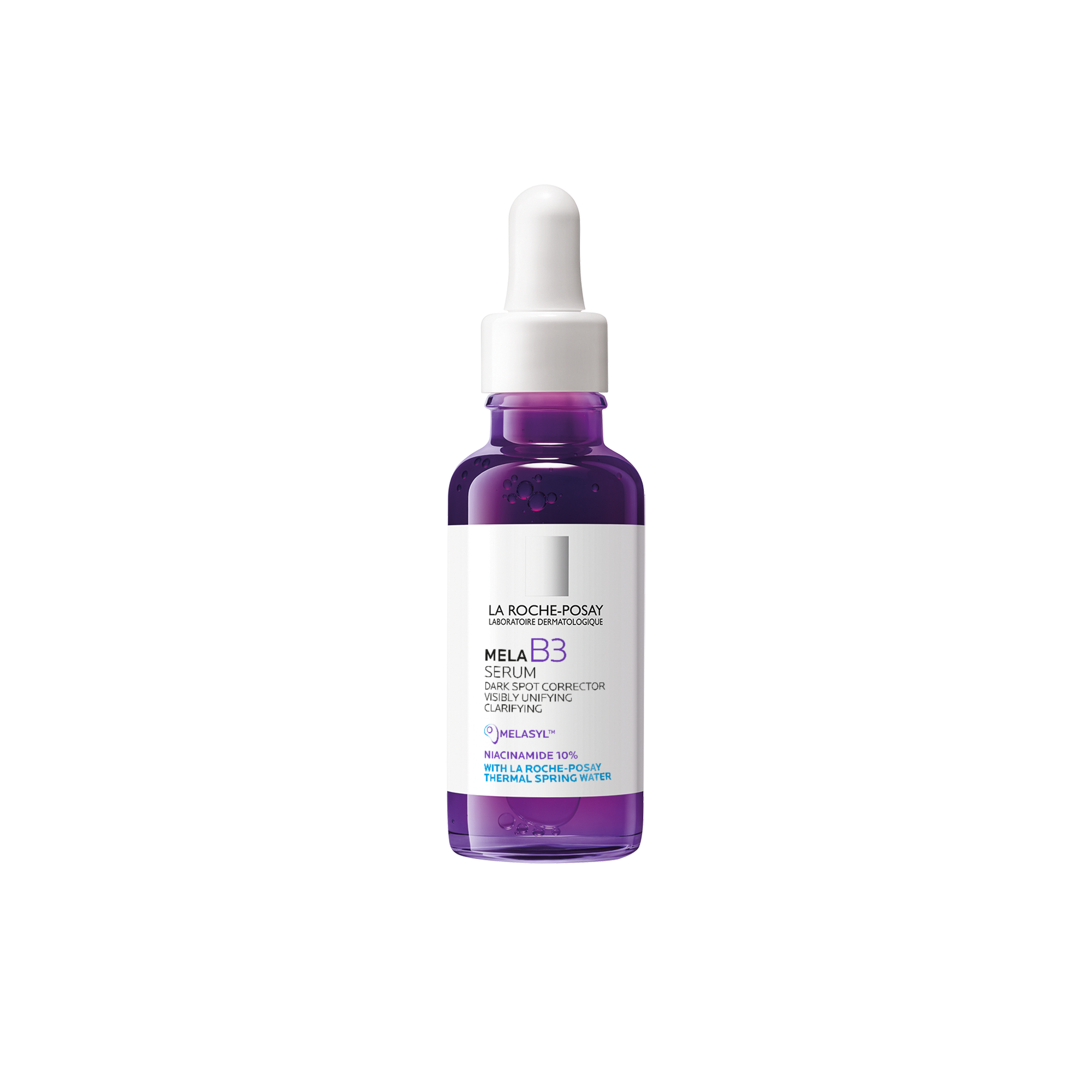- Acne
- Actinic Keratosis
- Aesthetics
- Alopecia
- Atopic Dermatitis
- Buy-and-Bill
- COVID-19
- Case-Based Roundtable
- Chronic Hand Eczema
- Chronic Spontaneous Urticaria
- Drug Watch
- Eczema
- General Dermatology
- Hidradenitis Suppurativa
- Melasma
- NP and PA
- Pediatric Dermatology
- Pigmentary Disorders
- Practice Management
- Precision Medicine and Biologics
- Prurigo Nodularis
- Psoriasis
- Psoriatic Arthritis
- Rare Disease
- Rosacea
- Skin Cancer
- Vitiligo
- Wound Care
News
Article
Dermatology Times
Journal Digest: February 20
Author(s):
This week’s collection of the latest dermatologic studies covers hair matrix cells, comorbidity associations of hidradenitis suppurativa, risk factors of infantile hemangioma, and giant cell collagenomas in a patient with Cowden syndrome.

Journal of Dermatological Science: Acquired Curved Hair is Caused by Fusion of Multiple Hair Matrix Cells
The goal of Horibe et al’s study was to explain the mechanisms underlying curved hair formation due to acquired factors. The study authors examined outer root sheath cells (ORSC) and hair follicle tissue from individuals with straight and curved hairs and found increased type IV collagen expression in ORSC under endoplasmic reticulum stress, while curved hair follicles showed decreased type IV collagen gene expression. Additionally, curved hair follicles showed distorted shapes and fusion of hair matrix cells, leading to abnormal differentiation and curved hair formation. Elevated expression of KRT71 and Dickkopf-1 proteins further implicated the involvement of the Wnt signaling pathway.
American Journal of Clinical Dermatology: Autoimmune, Autoinflammatory Disease and Cutaneous Malignancy Associations with Hidradenitis Suppurativa: A Cross-Sectional Study
Brydges et al’s cross-sectional study examined over 180 million US patients to define the prevalence and comorbidity associations of hidradenitis suppurativa (HS). Results showed correlations between HS and various metabolism-related, psychological, and autoimmune/autoinflammatory diseases. Strong associations were found with pyoderma gangrenosum, Down Syndrome, and polycystic ovarian syndrome. Additionally, novel associations were discovered between HS and lupus, multiple sclerosis, melanoma, and basal cell carcinoma among Black patients. The study examines previously unknown comorbidities of HS, offering valuable insights into its epidemiology and pathophysiology, according to the study authors.
International Journal of Dermatology: The Prevalence, Complications, and Risk Factors for Infantile Hemangioma: A Systematic Review and Meta-Analysis
Sun et al’s meta-analysis systematically reviewed global literature on infantile hemangioma (IH), revealing a prevalence of 2.8% among infants, predominantly located on the head and neck. Complications occur in 24.3% of cases, with ulceration, bleeding, and visual impairment being the most common. Additionally, risk factors including perinatal, socioeconomic, maternal, drug, and antepartum factors were identified, aiding in risk assessment and preventive measures. According to the study authors, their findings can assist clinicians and family members in accurately evaluating the risk of IH and deciding whether pregnant women should receive increased monitoring or preventative measures.
Journal of Cutaneous Pathology: Giant Cell Collagenomas Associated With Cowden Syndrome: A Case Report
Salusti-Simpson et al’s report presented a rare case of multiple giant cell collagenomas in a 36-year-old female with Cowden syndrome, a condition characterized by hamartomatous and neoplastic lesions in various organs due to a PTEN gene mutation. Giant cell collagenomas, histopathologically similar to storiform collagenomas, feature multinucleate cells and are typically not associated with Cowden syndrome. The patient's diagnosis was confirmed through histopathological examination and genetic testing, revealing additional manifestations including Lhermitte–Duclos disease and thyroid adenoma. This case underscores the importance of recognizing cutaneous manifestations in the context of syndromic conditions, aiding in early diagnosis and appropriate management, according to the authors.
Read more coverage on this case report.
What new studies have you published? Share with us by emailing DTEditor@mmhgroup.com.

Newsletter
Like what you’re reading? Subscribe to Dermatology Times for weekly updates on therapies, innovations, and real-world practice tips.

























